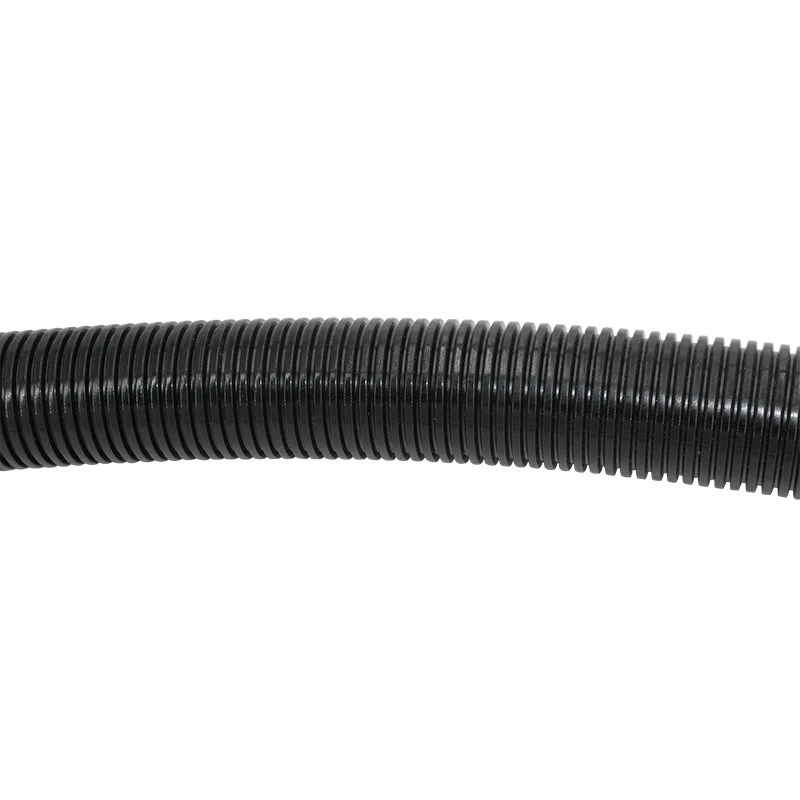synchronous belt pulley
Understanding Synchronous Belt Pulleys A Comprehensive Overview
Synchronous belt pulleys are integral components in various mechanical systems, providing a reliable means of transferring motion and power between different parts of a machine. Unlike conventional V-belts, synchronous belts and their corresponding pulleys operate on a tooth engagement system that ensures precise timing and synchronization of rotational movement. This article delves into the features, applications, advantages, and maintenance tips related to synchronous belt pulleys.
What Are Synchronous Belt Pulleys?
Synchronous belt pulleys, also known as timing belt pulleys, are designed to work specifically with synchronous belts. The key feature of these pulleys is their tooth design, which matches the teeth on the synchronous belt. This tooth-to-tooth engagement prevents slippage, ensuring that the motion transfer is efficient and accurate. The pulleys are typically made from robust materials like aluminum or reinforced plastic, allowing them to withstand high torque and demanding operating conditions.
Features and Specifications
Synchronous pulleys come in various sizes and configurations, allowing for customization based on specific applications. Common characteristics include
1. Tooth Profile The shape of the teeth can vary (such as trapezoidal or round), affecting the performance and application suitability. 2. Pitch The distance between the centers of two adjacent teeth can influence how well the belt engages with the pulley. 3. Number of Teeth Pulleys can have different numbers of teeth, which directly impacts the gear ratio and speed of the system. 4. Material Synchronous pulleys are often made from lightweight but durable materials, which contributes to their efficiency and longevity.
Applications of Synchronous Belt Pulleys
Synchronous belt pulleys are widely used across various industries due to their ability to maintain precise timing. Common applications include
synchronous belt pulley

- Automotive Engineering Synchronous belts are extensively utilized in engine timing systems, ensuring that components such as the camshaft and crankshaft rotate in tandem. - Industrial Machinery These components are crucial in conveyors, robotic systems, and manufacturing equipment, where precise motion is vital. - HVAC Systems Synchronous pulleys can be found in fans and compressors, helping to regulate airflow and maintain temperature control efficiently. - Printers and Scanners In these devices, synchronous belts facilitate accurate movement of print heads and scanning mechanisms.
Advantages of Using Synchronous Belt Pulleys
1. Precision The synchronization provided by the belt and pulleys reduces timing errors, essential in applications requiring exact movements. 2. Reduced Slippage The engagement of teeth prevents slippage, allowing for consistent power transmission and enhancing operational efficiency. 3. Low Maintenance Synchronous systems typically require less maintenance than their friction-based counterparts, offering a cost-effective solution. 4. Energy Efficiency Synchronous belt systems are often more energy-efficient than traditional belt systems, which can lead to reduced operational costs over time.
Maintenance Tips
To ensure optimal performance and longevity of synchronous belt pulleys, consider the following maintenance tips
1. Regular Inspections Periodically check for wear and signs of damage on both the belt and pulley. Early detection can prevent failures. 2. Proper Alignment Ensure that pulleys are correctly aligned to minimize wear and extend the life of the belt. 3. Tension Adjustment Maintaining the correct belt tension is crucial for efficient operation. Too loose may cause slippage, while too tight can lead to premature wear.
Conclusion
Synchronous belt pulleys play a vital role in modern machinery, offering efficiency, precision, and reliability. By understanding their features, applications, and maintenance needs, engineers and operators can harness their benefits, leading to improved performance in various systems. Whether in automotive design or industrial automation, the importance of synchronous belt pulleys cannot be overstated. Proper utilization and maintenance ensure these components continue to operate effectively, supporting the functionality of countless machines worldwide.








